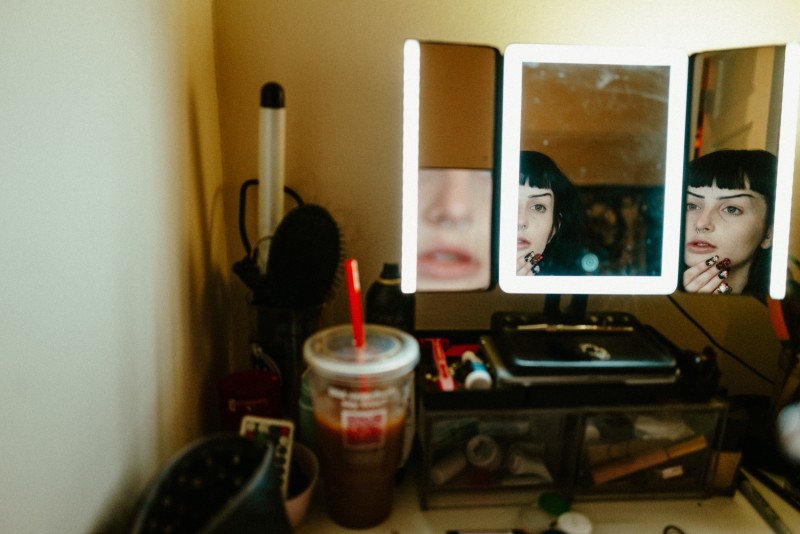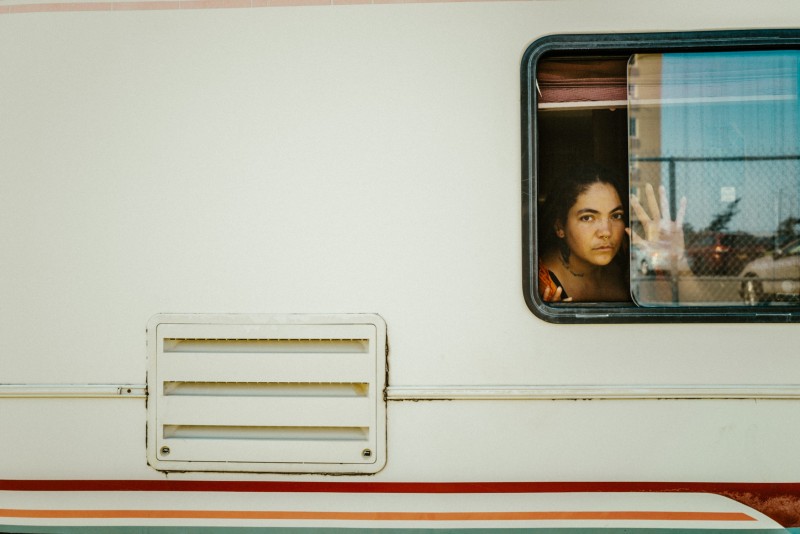Healers: Sex Work as a Calling
Healers: Sex Work as a Calling
Natalia Neuhaus
June 25, 2024

Natalia Nehaus: For me, evolving as a human requires a constant reckoning with our past and preconceived ideas. One such personal misconception was the stereotype of who a sex worker is. The women I've met and befriended, who happen to be sex workers by choice, unknowingly helped me unravel these biases. They all share this profound level of empathy towards the world and others. They are artists, activists, and intellectuals, and that’s how this project started, as a homage to them and their profession, inviting viewers to engage in a personal and transformative journey of deconstruction and reflection.
What was your photographic approach, and what did you want to show?
Vulnerability, empathy, and love are words that come to mind. To achieve this, I also had to understand this other person I'd never met, so I placed myself in the position of this imaginary client – whether man, woman, trans, bi, or non-binary. I realized that, in the end, we all seek this intrinsically human connection that goes beyond sex, and that is touch. Understanding this allowed me to see beyond the constant fetishism in which they are often portrayed. We live in a world that is beginning to question its self-imposed binary. While women for centuries were seen as mothers and housewives, expected to prioritize nurturing and emotional strength, men were often taught that vulnerability was a sign of weakness. The women photographed in this project are guardians of a space where it is safe to explore, rebel against, and heal from this repression. This is why I named the project Healers: Sex Work as a Calling.
What photographic challenges did you face and how did your camera perform?
Sometimes, the single click of a camera can destroy a beautiful moment. It becomes the intrusion that breaks the spell. The Leica Q2 is a silent and compact camera. I made a conscious decision not to capture my friends for this project; I needed to start over. They needed to be strangers who understood the project and trusted me to capture them. During our time together, we only had a few hours to establish any kind of connection. These few hours turned out to be very intimate, and I do not mean intimate in a sexual way, I mean intimate in a personal way. I wanted them to feel comfortable asking me questions. Yes, we’ve been back and forth through email, but nothing compares to meeting in real life. The Q2 has been a discreet and respectful ally in these moments.
Your the colours and composition of your pictures are captivating. What influence do these almost painterly elements have on the photographic narrative?
First of all, thank you. Second, this influence of colour and composition on my photographic narrative is mostly an unconscious process, and likely the result of this extremely shy and introspective child who was constantly observing the world around them. Even now, half of me resides in my brain, while the other half inhabits my gaze. Though connected, they often operate by their own volition. However, there were two very conscious and deliberate decisions in this project: using colour instead of black and white and, most importantly, photographing them at home. By doing so, I aim to give the viewer, now in the position of the other, an intimate view into these women's lives. It’s easy to dehumanize someone we've never met, and this project aims to break down that barrier.
Natalia Neuhaus+-
The photographer lives in Brooklyn, New York, with her wife, Rachel. Her work has been featured in magazines such as Dazed and Document Journal; in 2017, she received the Director’s scholarship at ICP; in 2022, she was one of three women selected to participate in the VII Foundation—Leica Award program. More









